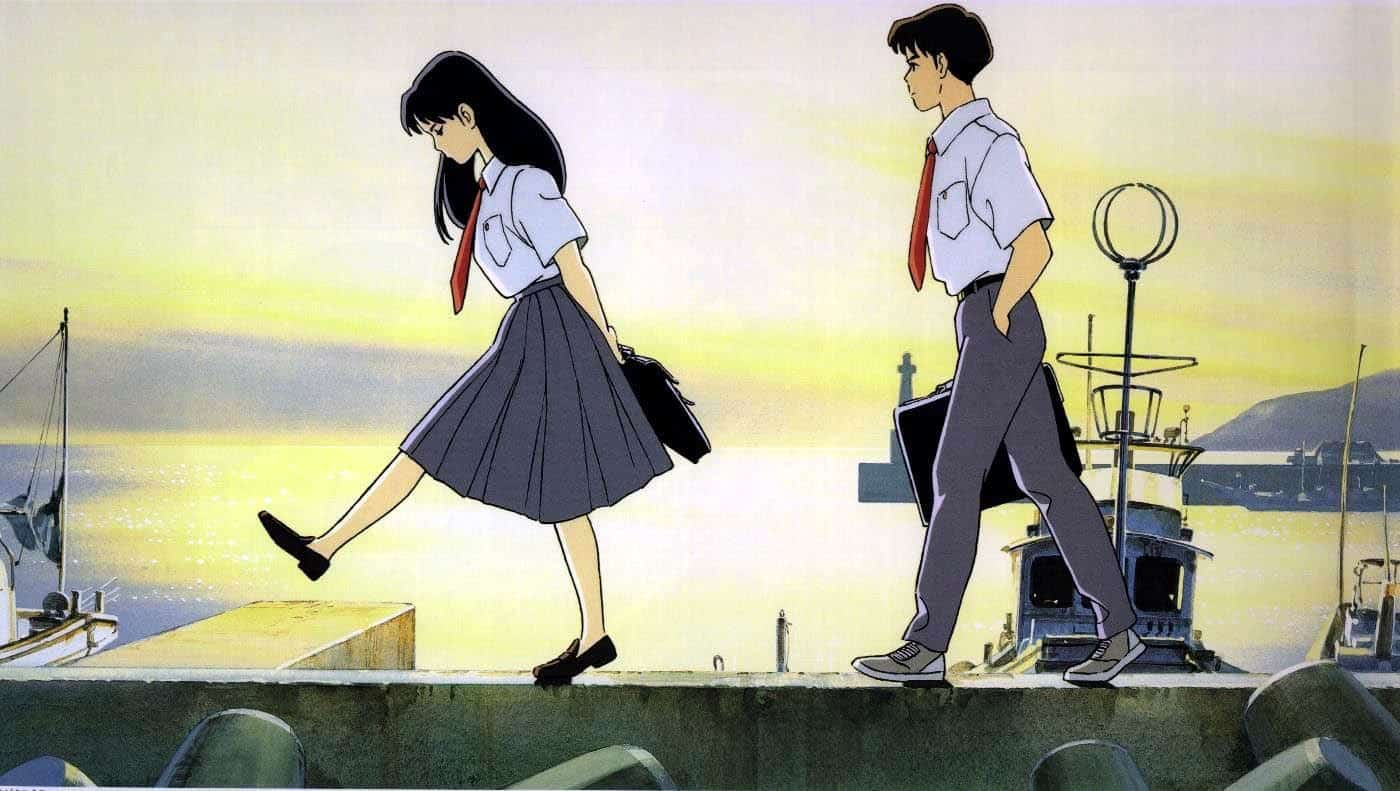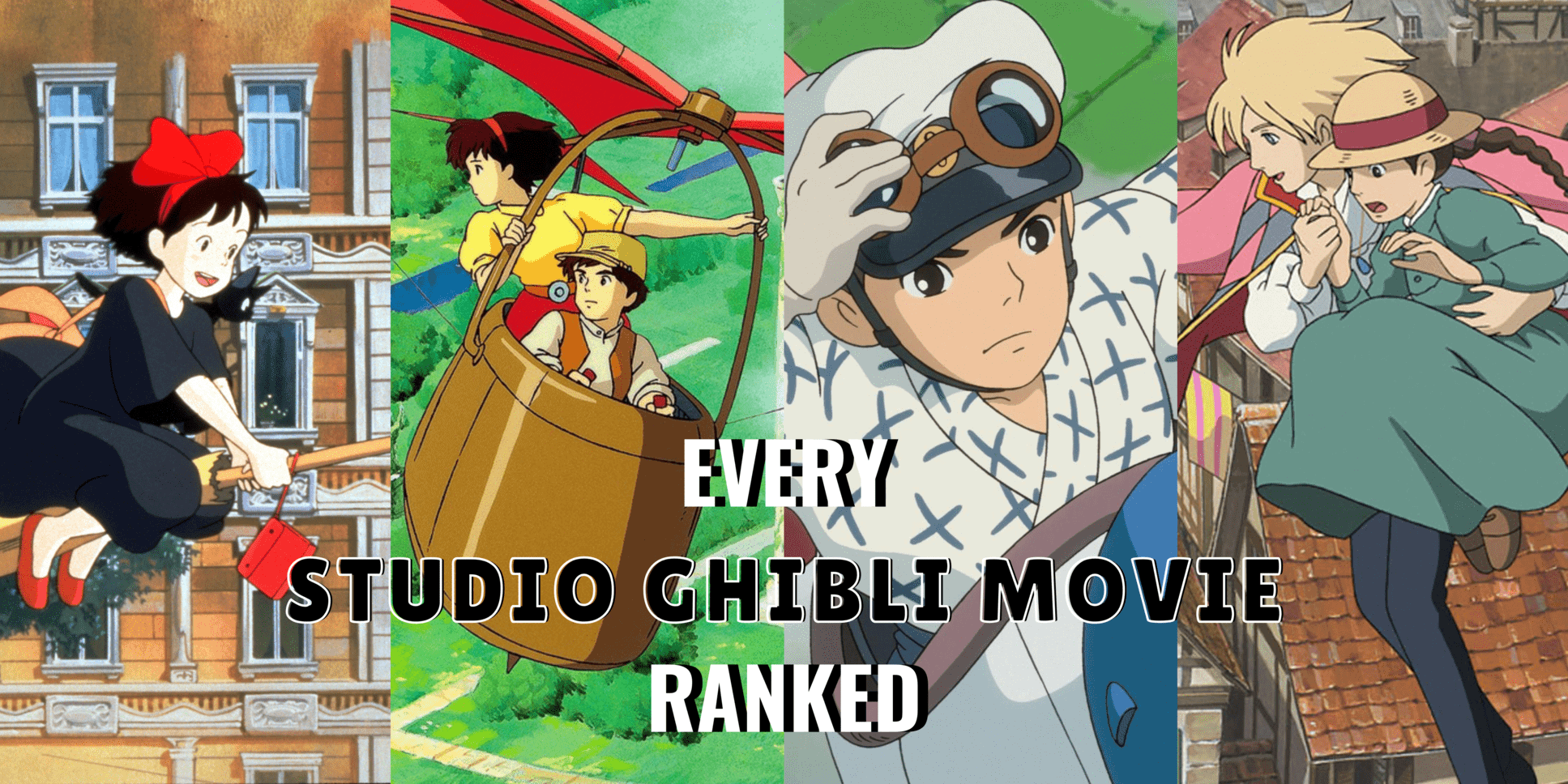
From the moment you stumble into one of Studio Ghibli’s stunningly hand-drawn worlds, you’ll keep coming back for more. Each Ghibli film is filled with universal poignancy and bittersweet nostalgia that are transitional snapshots of our lives. Few films can immerse us so fully in the minds of its protagonists. Slow, nearly silent scenes focused on nature and beautiful surroundings make Ghibli movies the ultimate cozy escape.
Most Ghibli stories are told using the East Asian four-act structure called kishōtenketsu, making the narratives strikingly different from what Westerners are used to. Often ambiguously told in slice-of-life vignettes, no language barrier can stop these modern fairytales from hitting home.
Ranking Studio Ghibli films is, of course, difficult and controversial. We all have our favorites that we love for our own reasons, and we’re talking about a film studio that has basically never made a bad film. The films at the bottom of the ranking are simply not up to the same standards as their most brilliant movies.
Author’s Note: This is a subjective ranking. I have watched every Studio Ghibli film ever made thanks to European Netflix, with most of the catalog available on Max in the U.S. Here’s how I rank them in order from worst to best.
24. ‘Tales From Earthsea’ (2006)
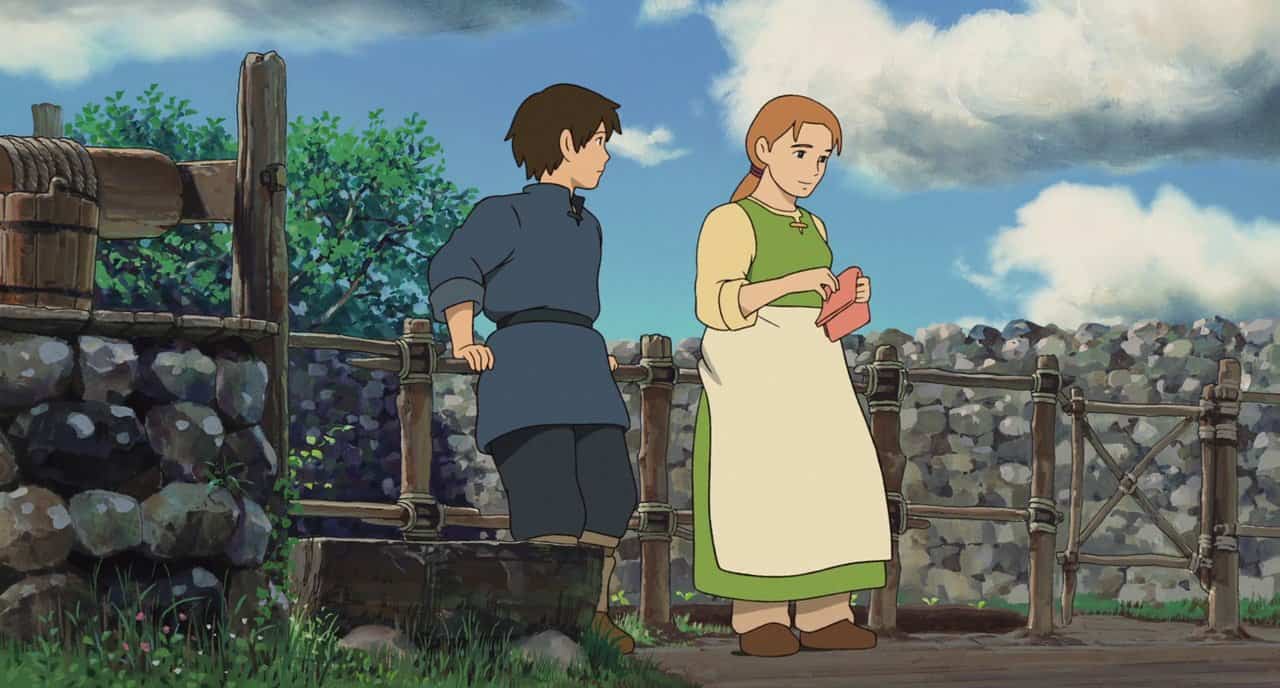
I’m not going out on a limb by saying that “Tales From Earthsea” is Studio Ghibli’s weakest film. It was disavowed by Ursula K. Le Guin, author of the complex fantasy series that was poorly suited to be simplified into an animated movie. The tale about a young wizard’s journey to restore balance to the archipelago kingdom of Earthsea caused a rift between Studio Ghibli founder Hayao Miyazaki and the film’s director, his son Goro Miyazaki. The film feels lost in the plot without taking time for emotional resonance, with fans feeling changes weakened the story of a beloved book series.
Watch now:
23. ‘Pom Poko’ (1994)

I appreciate that Studio Ghibli really cares about environmentalism, but “Pom Poko” was just weird. Based on a Japanese legend, it follows a group of tanuki, a real species of Japanese raccoon dogs, trying to save their land from being destroyed by urban development. Scrotums are central to the plot, which isn’t OK for a family film — even if they’re magical, shapeshifting, raccoon scrotums taken straight from traditional folklore. Besides that, this film is lost and boring, full of expository dialogue and jumping between the main storyline and an out-of-place side romance. Chalk it up to cultural differences, but “Pom Poko” didn’t translate well.
Watch now:
22. ‘Ponyo’ (2008)
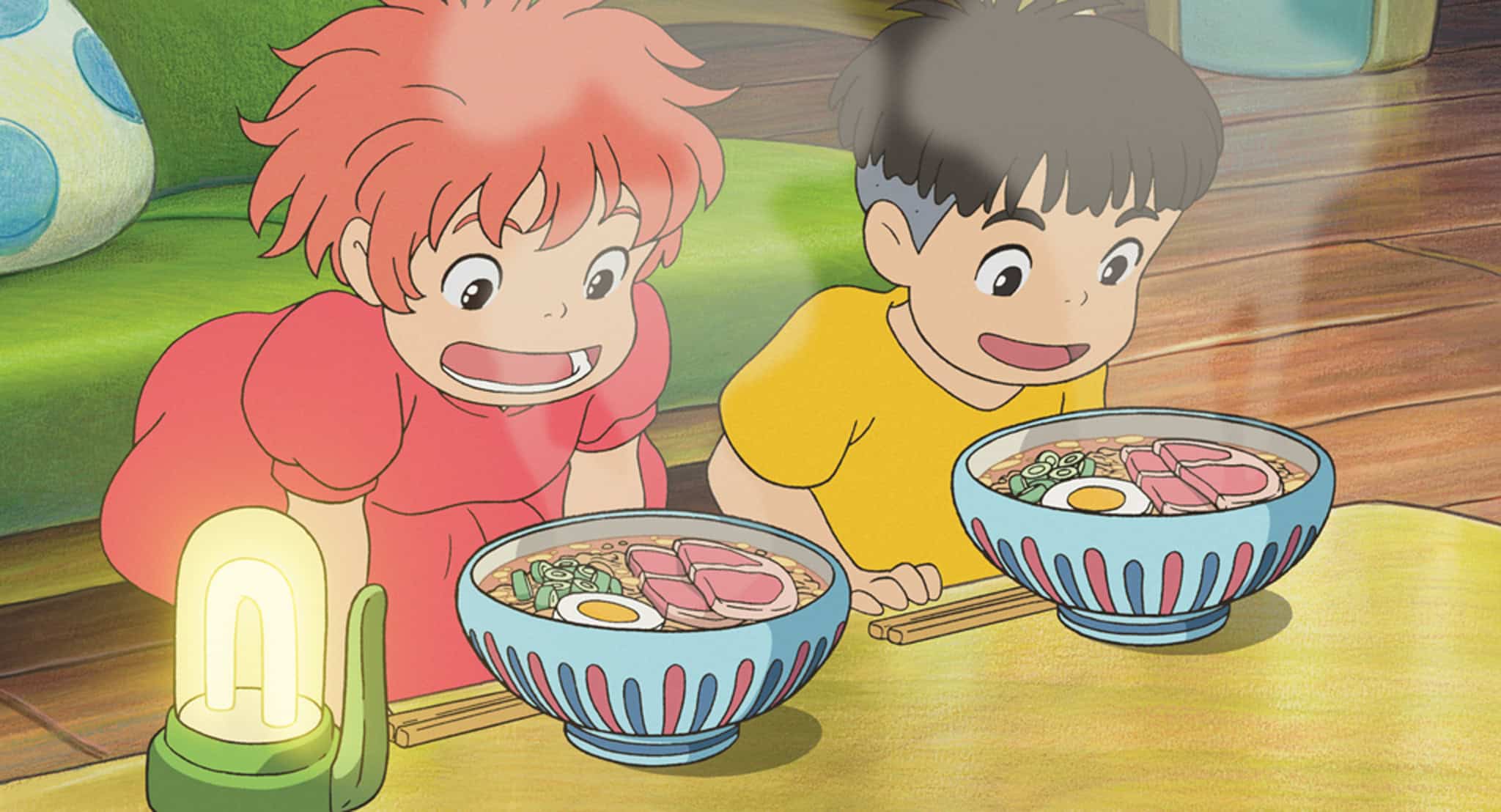
As an adult, it’s hard to fully appreciate “Ponyo.” This was Studio Ghibli’s most juvenile film. It’s adorable and wholesome, but this story of a magical fish girl becoming human feels messy and scattered. Ponyo’s superpowered antics put a lot of people in danger, with her very young age and brattiness making her the hardest Ghibli protagonist to get behind. Considering this film was directed by Hayao Miyazaki, “Ponyo” is simply not up to the standard of his considerable talents.
Watch now:
21. ‘Porco Rosso’ (1992)

In direct contrast to “Ponyo,” “Porco Rosso” is the Studio Ghibli film that seems most directed at middle-aged men. This is no surprise considering it was originally planned as a short in-flight film for Japan Airlines. In the film, an Italian World War I fighter ace and bounty hunter is cursed with a pig’s head but it teaches us that no matter how the world sees you, you can still be a hero. The concept is solid, but “Porco Rosso” is slow-moving and intended to resonate with older generations that remember world wars, making it a less enjoyable watch for modern audiences.
Watch now:
20. ‘Grave of the Fireflies’ (1988)
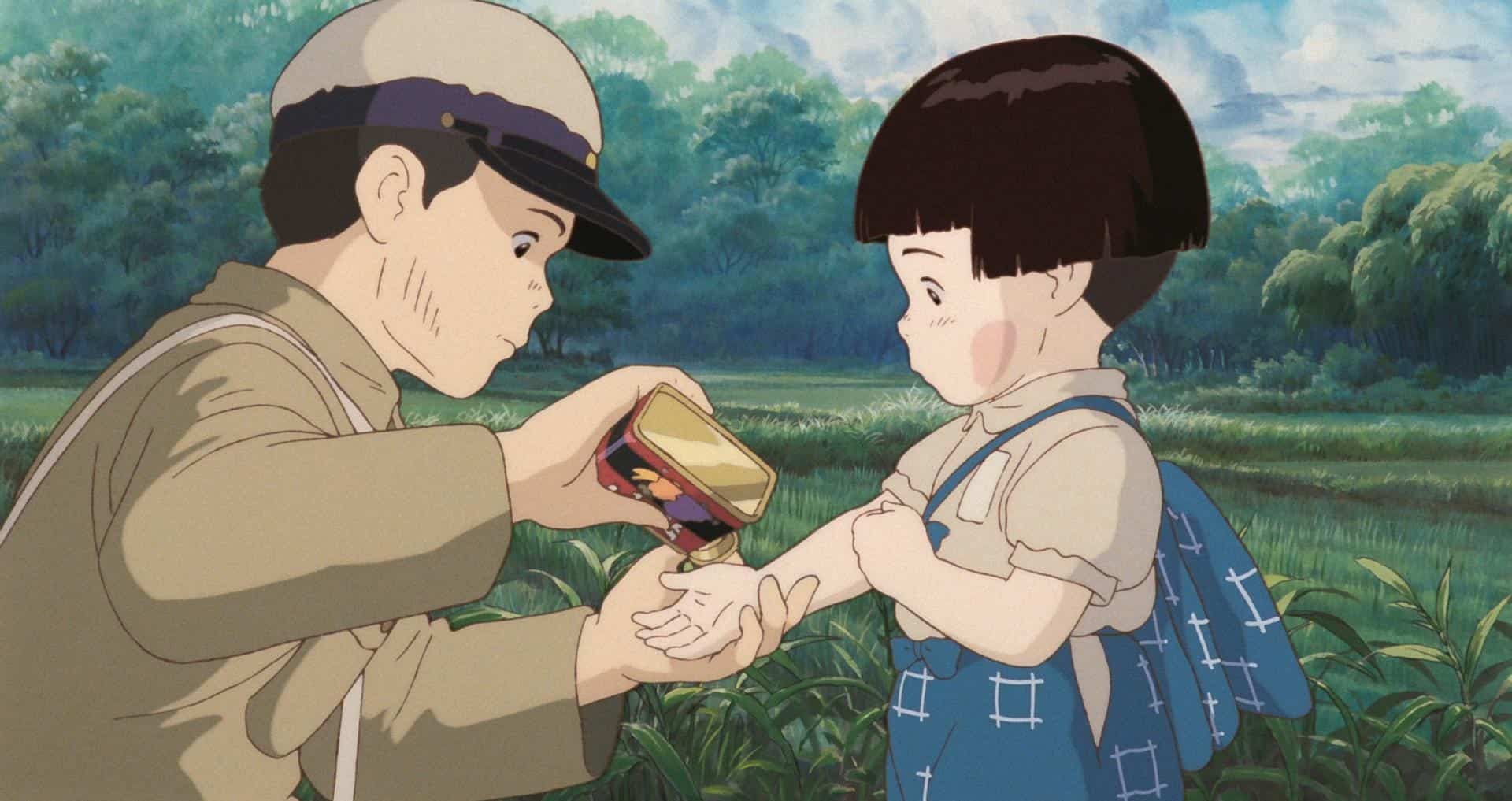
I’ll be honest: I’m not a big fan of Studio Ghibli’s war movies. I know the founders are in their 80s and the world wars defined their generation, but it’s hard to relate from a modern eye. We’ll never fully understand how incredibly sad WWII was, but the characters based on real people in “Grave of the Fireflies” try to drive it home. This is not a feel-good Ghibli film. It’s devastating and will leave you in an emotional and contemplative state for days. It’s a film everyone should see, but it’s not what I come to Ghibli for.
Watch now:
19. ‘My Neighbors the Yamadas’ (1999)
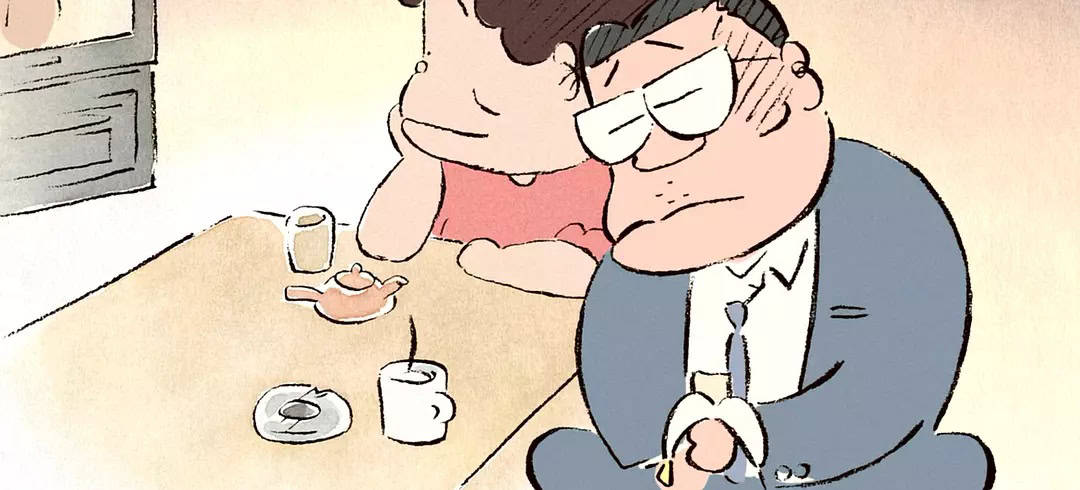
The cartoonish art style in “My Neighbors the Yamadas” is so starkly different from the studio’s other films that the art alone is enough to put some fans off. In keeping with the style, the narrative is presented like a comic book. Short stories of the lives of the Yamada family with titles like “Father as Role Model” and “A Family Torn Apart” paint a picture of family dynamics and generational differences as well as the simple mundanity of everyday life. It’s a portrait rather than a narrative and feels far less immersive than most of the other films on the list. I support the creators’ desire to branch out, but it will never top the kind of work that they do best.
Watch now:
18. ‘The Wind Rises’ (2013)
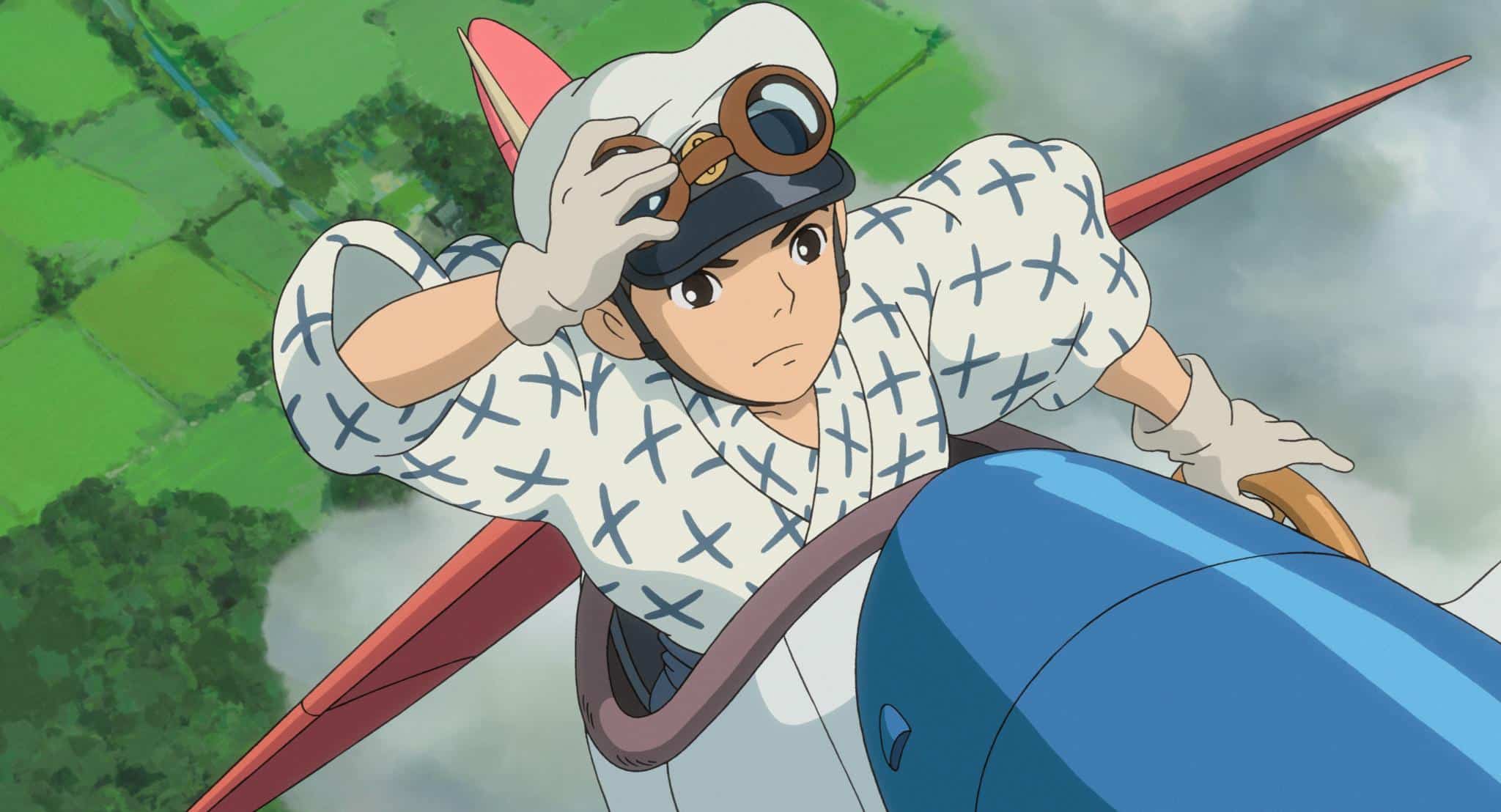
For a studio that frequently pushes pacifism as a theme, it seems a little jarring to tell an inspiring tale of a war hero. “The Wind Rises” follows a young Jiro Horikoshi, the real-life engineer of iconic WWII Japanese fighter planes. The storyline is meandering, so it doesn’t grab you like some of the studio’s other work. Maybe I’m friends with too many Koreans, but I can’t get my head around the fact that Japan wasn’t a contender for the worst villain in WWII. The film is critical of war in general, but the dewy-eyed nationalistic tone sits wrong for me.
Watch now:
17. ‘Earwig and the Witch’ (2020)
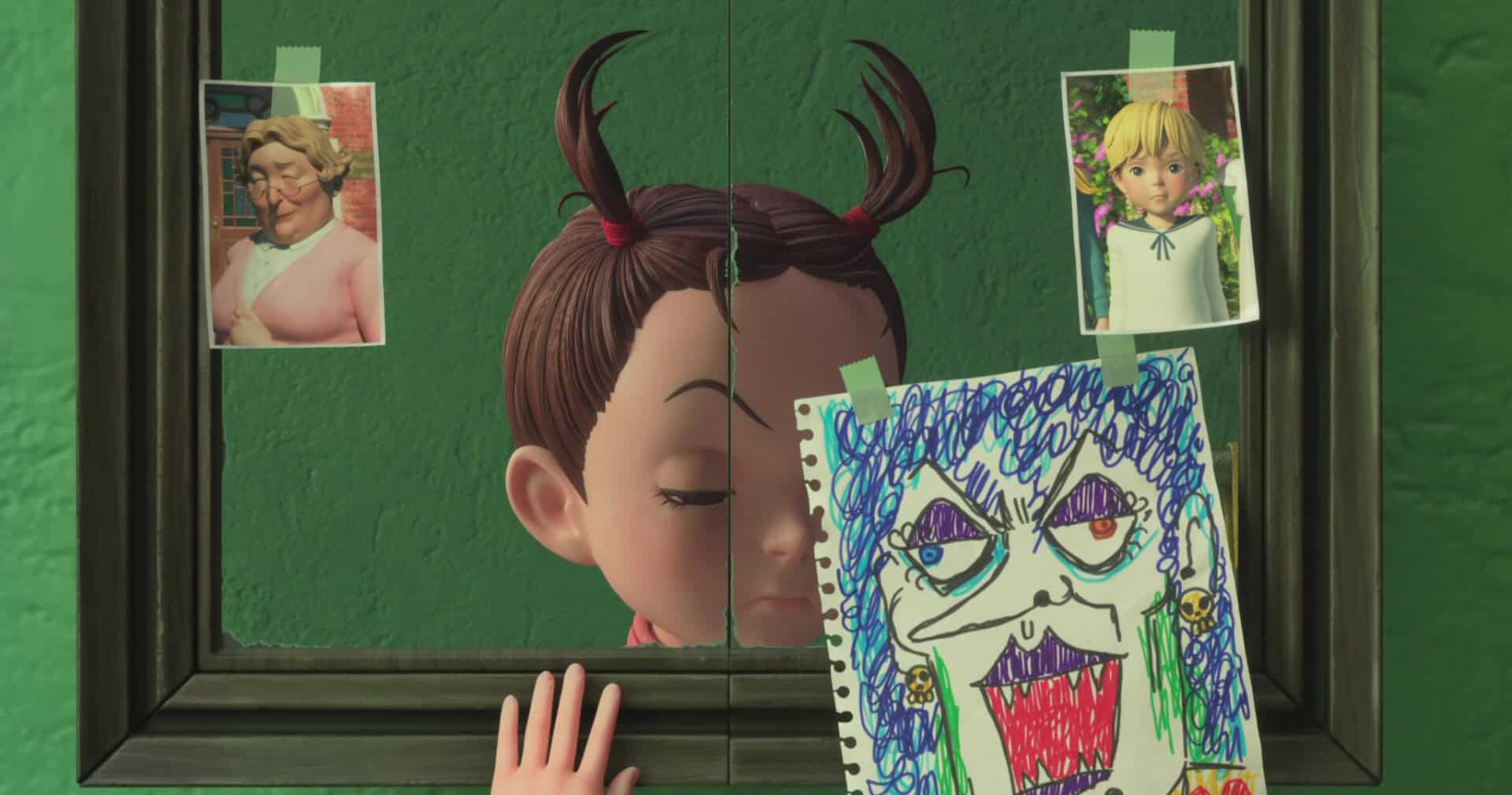
The lowest critically rated Studio Ghibli film, I feel that this recent, beautifully computer-animated addition to the library was unfairly slated. It’s a great showcase of underdog director Goro Miyazaki’s unique style. I loved the spunky, troublemaking protagonist and rock ‘n’ roll influence. My main criticism is that it stopped abruptly just when it was getting good. It may have worked better as a TV series where, after fleshing out these interesting characters, we finally see them have the adventures that weren’t shown in the film.
Watch now:
16. ‘Ocean Waves’ (1993)
This classic romance tale about a boy chasing an arrogant girl is a departure from the norm for the studio. I don’t hate classic romance, but “Ocean Waves” wasn’t amazing. The character development is weak, and spoiled city girl Rikako’s minor emotional turmoil isn’t enough to make her not annoying. The low-stakes challenge of the guy trying to get the girl doesn’t engage audiences like the studio’s most poignant stories. If it was intended as a “Romeo and Juliet”-style warning against romantic naivety, the star-crossed ending muddied that message.
Watch now:
15. ‘Castle in the Sky’ (1986)
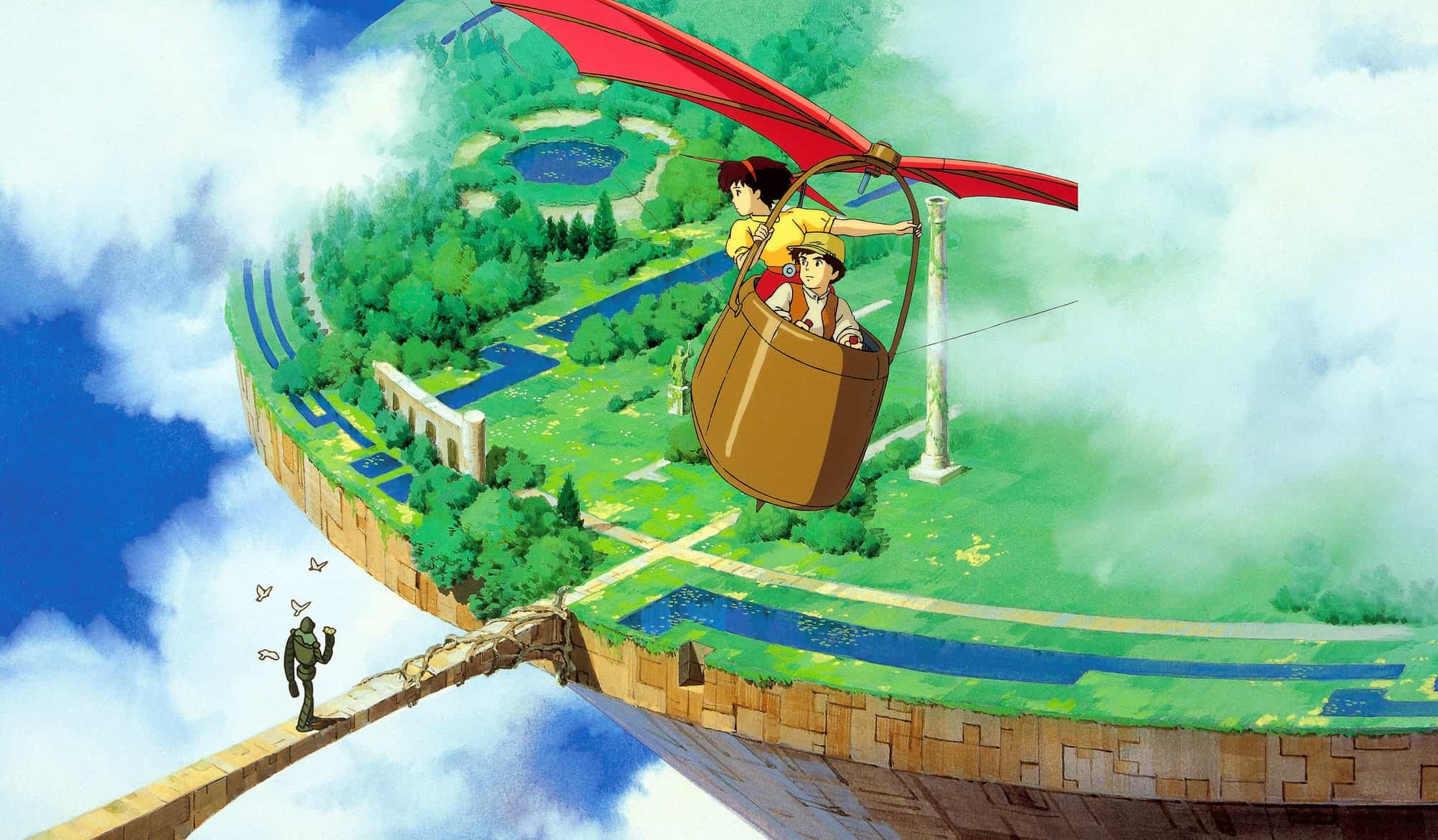
The very first Studio Ghibli movie, “Castle in the Sky” deserves its due for solidifying the themes and styles that would become synonymous with the studio, but it feels like a first work. The plot is busier than the studio’s later movies; it’s the only film in their library with a specific villain and conforms more tightly to fantasy conventions. It was revolutionary and pushed the boundaries of animation in the ‘80s, but the creators had more growing to do before they reached their peak.
Watch now:
14. ‘Only Yesterday’ (1991)

“Only Yesterday” is the perfect Ghibli film for millennials — targeted at grown-ups still trying to navigate the challenges and identity shifts of early adult life. The story follows a 27-year-old who returns to her rural hometown from her life in Tokyo, which brings up memories and flashbacks from her youth. It’s very “Ghibli” in terms of romanticizing ordinary life, but it suffers from the studio’s occasional boring pacing problem and could be more cohesive.
Watch now:
13. ‘The Boy and the Heron’ (2023)
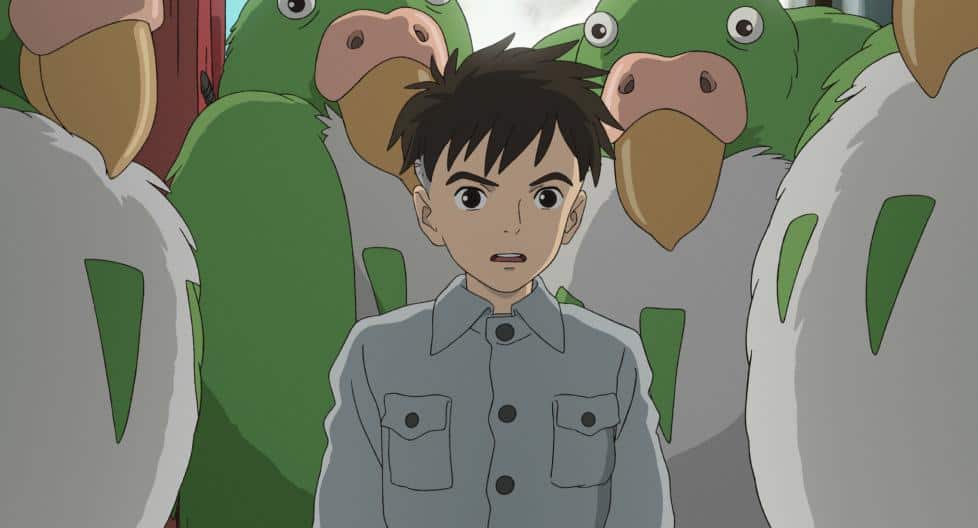
Although 83-year-old Hayao Miyazaki has stated he will carry on directing, in all likelihood, “The Boy and the Heron” will be his last work. It’s an ambitious attempt to combine several iconic Studio Ghibli tones into one film. While beautiful, I feel that it loses itself in the complexity of its ideas and in Miyazaki’s overshadowing legacy. It’s darker than most, with wonderfully balanced visual surrealism and cutting themes of overcoming grief. However, many felt that the final product was more disjointed than they hoped for in a film going for masterpiece status.
12. ‘Princess Mononoke’ (1997)

For me, “Princess Mononoke” is right in the middle of the quality scale for Studio Ghibli films. It’s solid and has a very cool protagonist, but, honestly, I was a little bored. It leans heavily into Ghibli’s environmental themes, as a girl raised by wolves attempts to fend off encroaching industrializers from her forest but doesn’t do this as successfully as Miyazaki’s earlier film, “Nausicaä of the Valley of the Wind.” I was disappointed that the main conflict didn’t get a satisfying resolution, leaving an ambiguous message about whether humans and nature can ever co-exist.
Watch now:
11. ‘The Cat Returns’ (2002)

You’ll find “Whisper of the Heart” right near the top of this ranking, so a film all about the cat from it is one of the most adorable ideas ever. “The Cat Returns” follows a young girl’s adventure to the Kingdom of Cats after rescuing a cat from being hit by a truck. This is the studio’s funniest and most irreverent film. While it doesn’t have the same emotional weight as their masterpieces, it’s a heartwarming must-watch for any Ghibli fan.
Watch now:
10. ‘Nausicaä of the Valley of the Wind’ (1984)

While “Nausicaä of the Valley of the Wind” is technically made by Studio Ghibli’s predecessor, Topcraft, it’s so much a “Studio Ghibli” film that it cannot be excluded. This story is many things: environmental sci-fi, epic medieval-inspired cyberpunk fiction, and post-apocalyptic princess movie. Yet, it somehow manages to tie disparate and out-there ideas together in a beautifully cohesive story. Princess Nausicaä’s heroic attempt to save her kingdom from the encroaching toxic jungle and invading forces is full of adventure, with great characters, action sequences, and music, pushing it to the top half of the list.
Watch now:
9. ‘The Tale of the Princess Kaguya’ (2013)

Many of Studio Ghibli’s attempts to branch out into other styles of animation haven’t been great; however, “The Tale of the Princess Kaguya” is a traditional art Japanese fairytale adaptation done absolutely right. It tells of an otherworldly beautiful girl, found as a baby by an elderly couple inside a bamboo shoot. The film has a mythic quality with overexposed artwork and archetypal characters. The true themes and stakes come in late in the plot, which makes it difficult to absorb on a first watch, but this stunning story is worth a second pass in order to understand.
Watch now:
8. ‘From Up on Poppy Hill (2011)
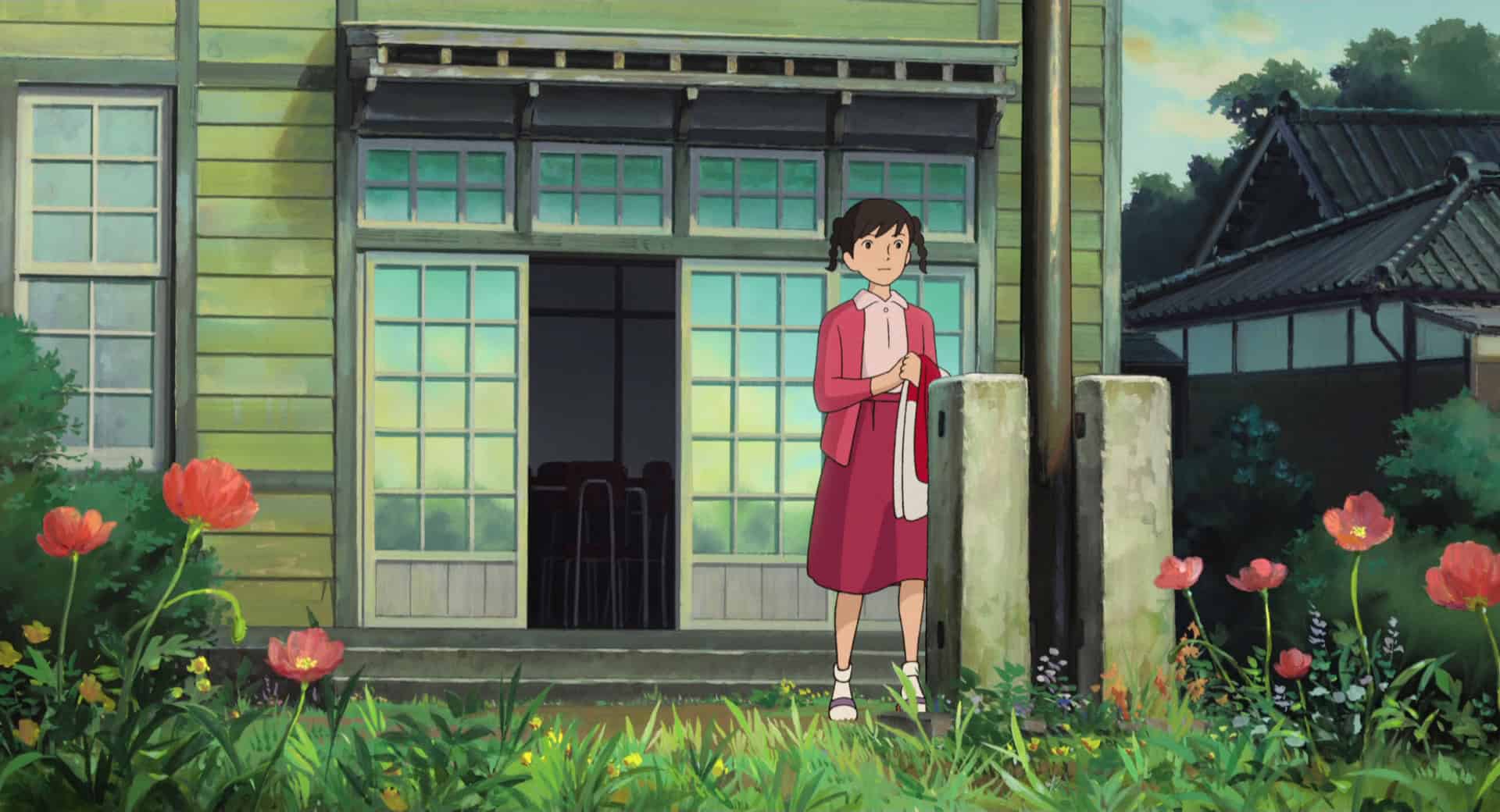
Studio Ghibli doesn’t really have a Top 5; it has a Top 8, starting with “From Up on Poppy Hill.” This story is about a lonely girl helping a boy restore their school’s dilapidated clubhouse before discovering that their pasts intertwine. It’s incredibly sweet, visually gorgeous, and one of the studio’s films most rooted in realism. The only thing holding it back from a higher spot is the ambiguous plot line about the protagonists’ potential relation that makes us feel a little weird about their growing romance.
Watch now:
7. ‘The Secret World of Arrietty’ (2010)

“The Secret World of Arrietty” is a story that feels familiar to Western audiences, as it’s based on the beloved English children’s book “The Borrowers.” It has a more straightforward plot than most Ghibli films, with a natural color palette and limited music to emphasize the sweet simplicity of the story. The aesthetics are incredibly cozy as we dive into the precarious lives of a tiny girl and her family living in the baseboards of a human house. Her platonic romance with the resident boy is beautifully bittersweet; plus, although the ending may feel unsatisfying, it drives home the studio’s values about environmentalism and extinction.
Watch now:
6. ‘Spirited Away’ (2001)

Like many others, “Spirited Away” was the first Studio Ghibli film I ever saw — in class when I was nine. Many consider this to be Miyazaki’s magnum opus — a story about overcoming the unfamiliar and leaning into new connections. Ten-year-old Chihiro’s journey in the spirit world is so layered with meaning and woven with Japanese folklore that it’s impossible to explain here. I absolutely loved it as a kid, and still do; though, as I’ve gotten older and become more of a critic, I have found several other Ghibli films that resonate with me even more.
Watch now:
5. ‘My Neighbor Totoro’ (1988)

The iconic film that lent its titular character to the Ghibli logo, “My Neighbor Totoro” is incredible and heartbreaking. Two young sisters move to the country and discover the nature spirits in and around their home, but the real story is told through subtext. The cloud of the post-war era, the father’s distraction, and the mother’s terminal illness are slowly creeping in upon the innocent magic of childhood. It’s a masterpiece of Ghibli storytelling and from a critic’s point of view, easily among the best films ever made.
Watch now:
4. ‘Kiki's Delivery Service’ (1989)

“Kiki’s Delivery Service” is an all-time classic — one of the absolute coziest Ghibli films and their most straightforward coming-of-age story. A young witch moves to the city with big dreams but ends up using her only useful skill of flying to be a delivery driver; she gets burnt out, has to rediscover her passion, and loses her childlike wonder in the process. Like, oof — that sure does hit different at 30. That being said, Kiki is a fabulous protagonist, whose initiative and resilience are universally inspiring at any age.
Watch now:
3. ‘Howl's Moving Castle’ (2004)
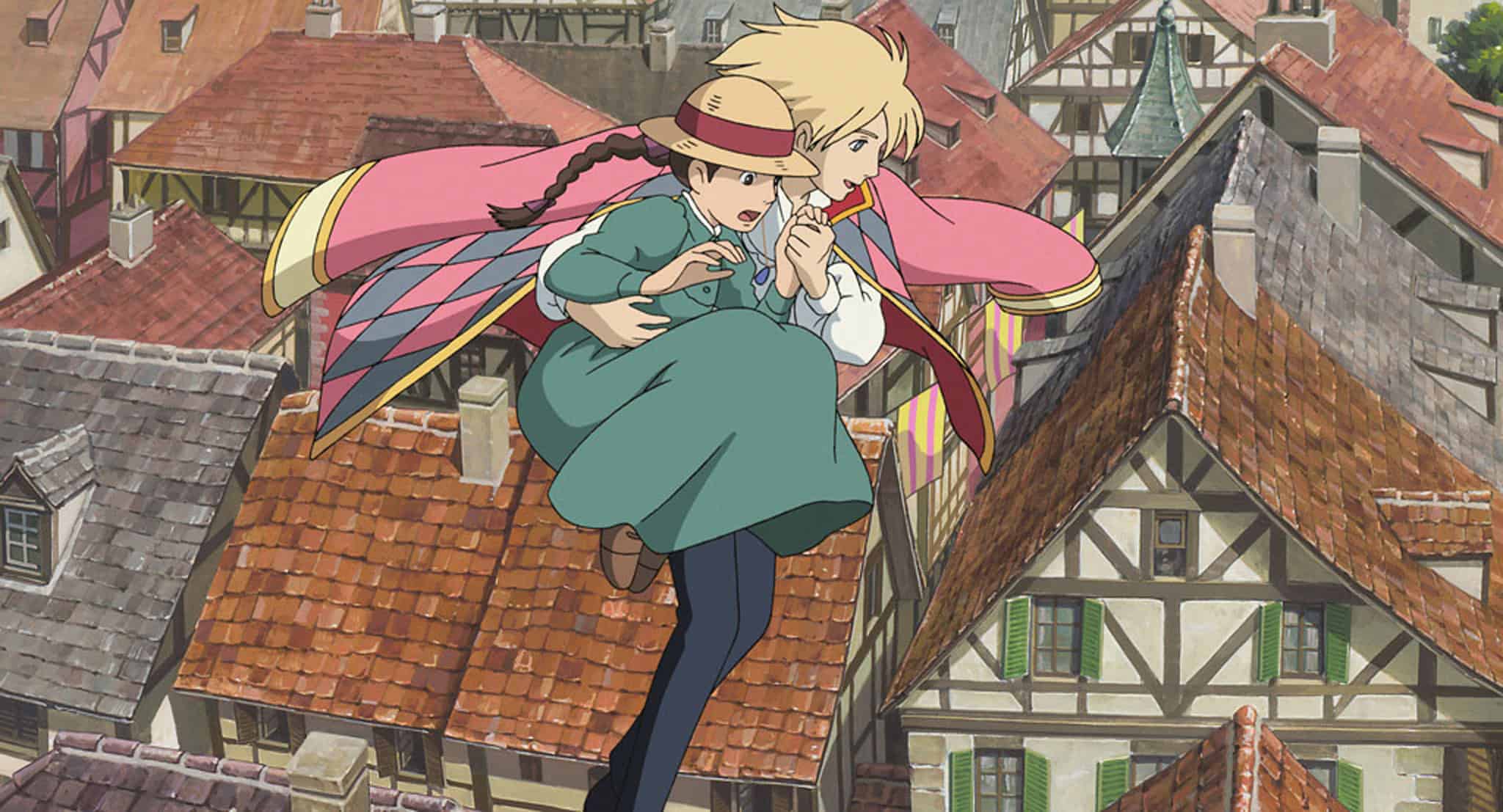
I may be a little biased as a fan of the book, but I believe “Howl’s Moving Castle” is peak Ghibli fantasy. When hatter Sophie is turned old by a witch, she finds help at wizard Howl’s strange steampunk castle, where she appoints herself a cleaning lady. It’s totally different from the book but the perfect mix of English quirkiness and relaxing Japanese storytelling. The characters are lovable and the film adds nuance by making good and evil more ambiguous than in the novel. It’s the kind of film that sweeps you off your feet while making you examine your values, inevitable aging, and inner strength.
Watch now:
2. ‘Whisper of the Heart’ (1995)
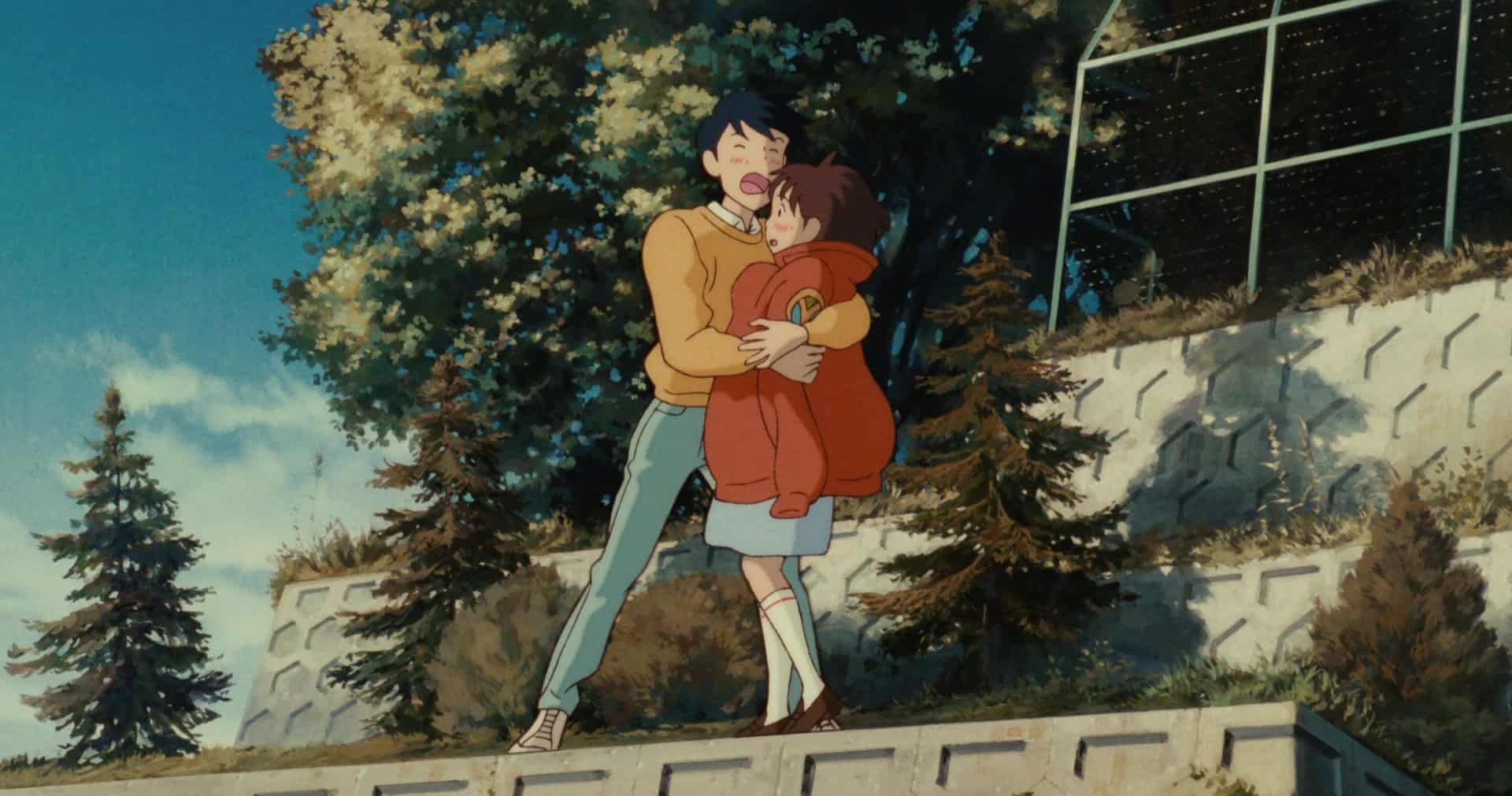
How any film can be more real and more magical than “Whisper of the Heart” is hard to imagine. The way the film paints an intimate picture of the life of 14-year-old aspiring writer Shizuku is near-perfect; it shows the subtle stresses of her family life and being 14, her crush, and her fantastical inner world. From the moment she follows a sentient cat and says, “It felt just like the beginning of the story,” I knew I understood this girl. The fact that it doesn’t lead to any real magic doesn’t matter, nor do the lovebirds’ exaggerated proclamations at the end of the film. The magic is inside Shizuku and inside us too.
Watch now:
1. ‘When Marnie Was There’ (2014)

If you’ve ever been shy and awkward, an outsider, struggled with mental health or loss, or had a complex female friendship, “When Marnie Was There” is like an arrow straight to the heart. There’s no Ghibli character I relate to more than 12-year-old foster kid Anna, who goes to the countryside for her health. As a big mystery fan, I absolutely love that there’s a central mystery to this story and the best plot twist of any Ghibli film. It has everything there is to love about Ghibli masterpieces, from nature to emotional resonance; plus, it adds an extra splash of darkness from the main character’s mental state and ghostly magical plot.
Watch now:

